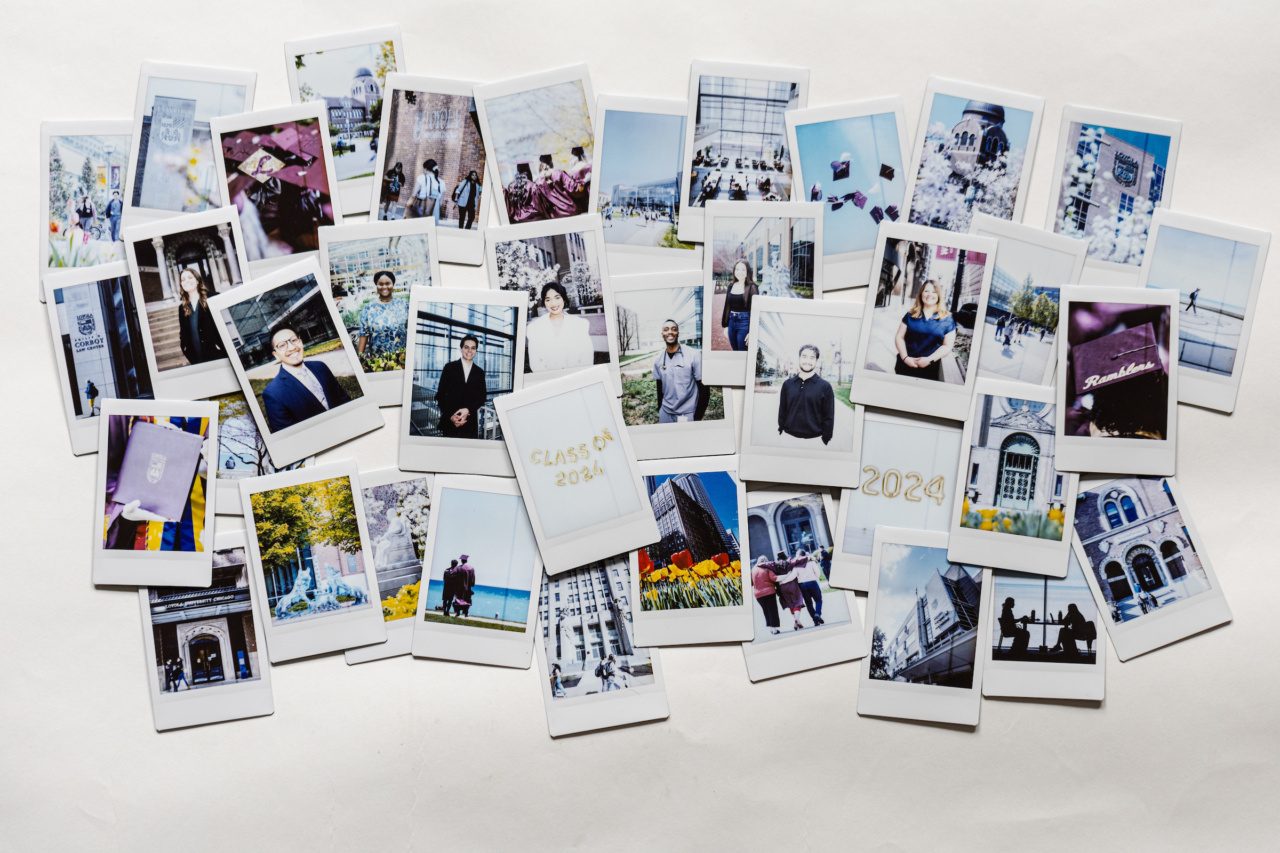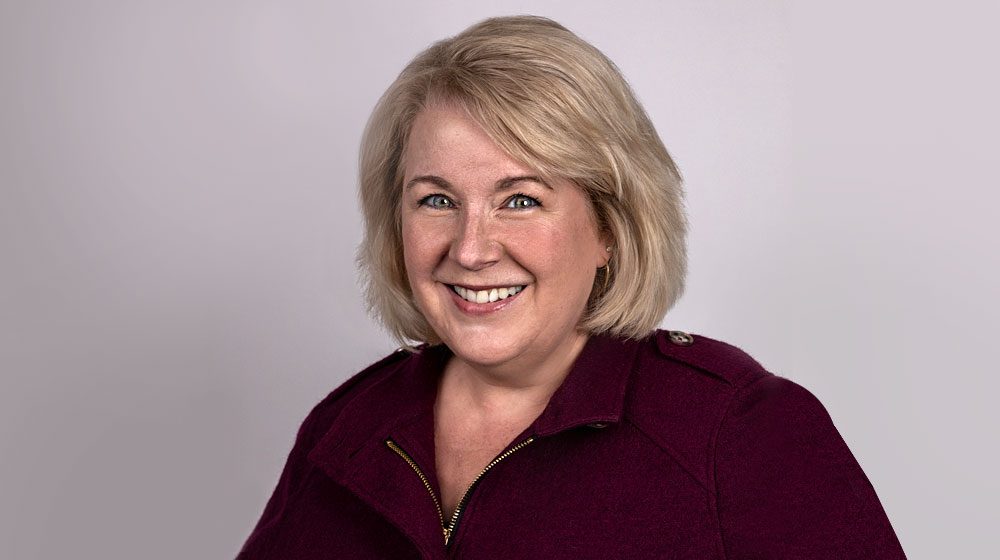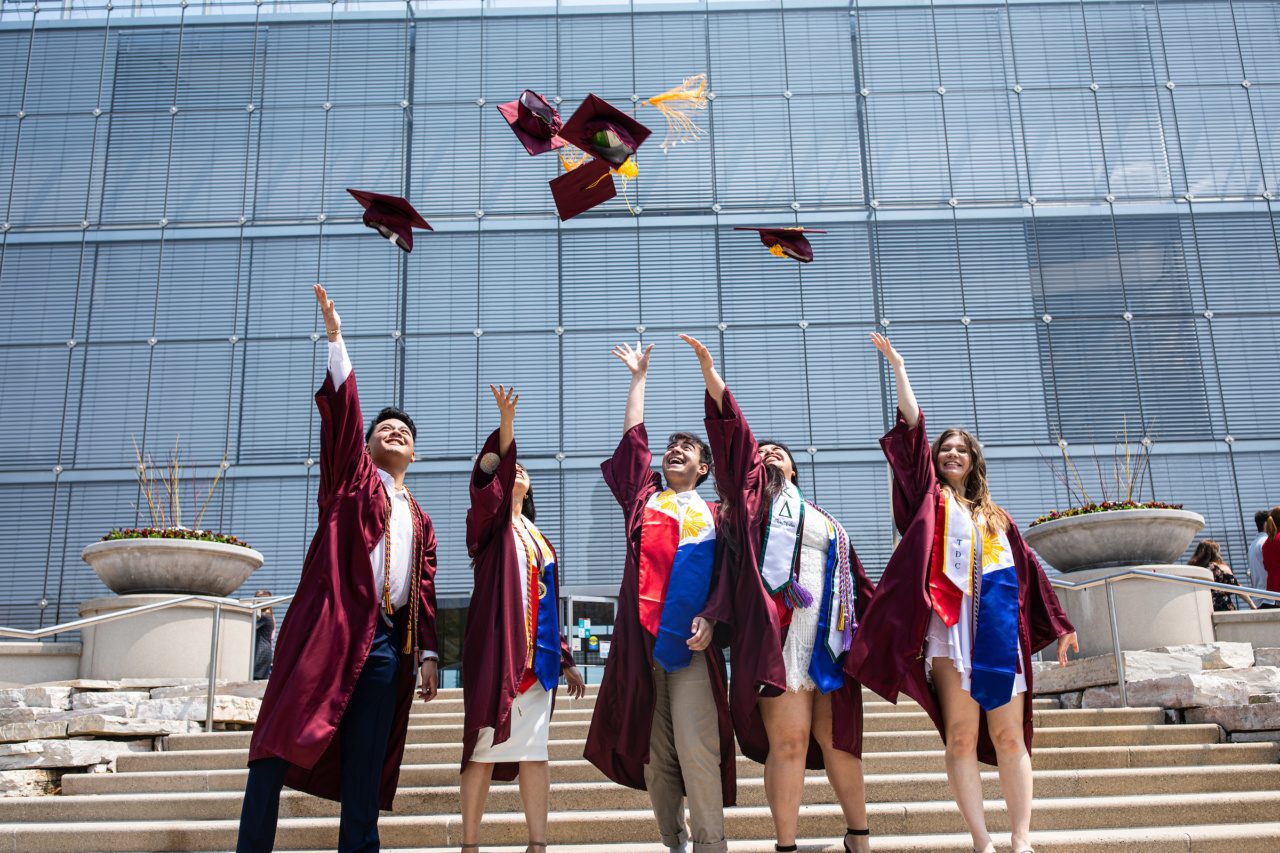Lights, Camera, Learning!
Loyola's cinematography students get immersive, hands-on experience at Resolution Studios.
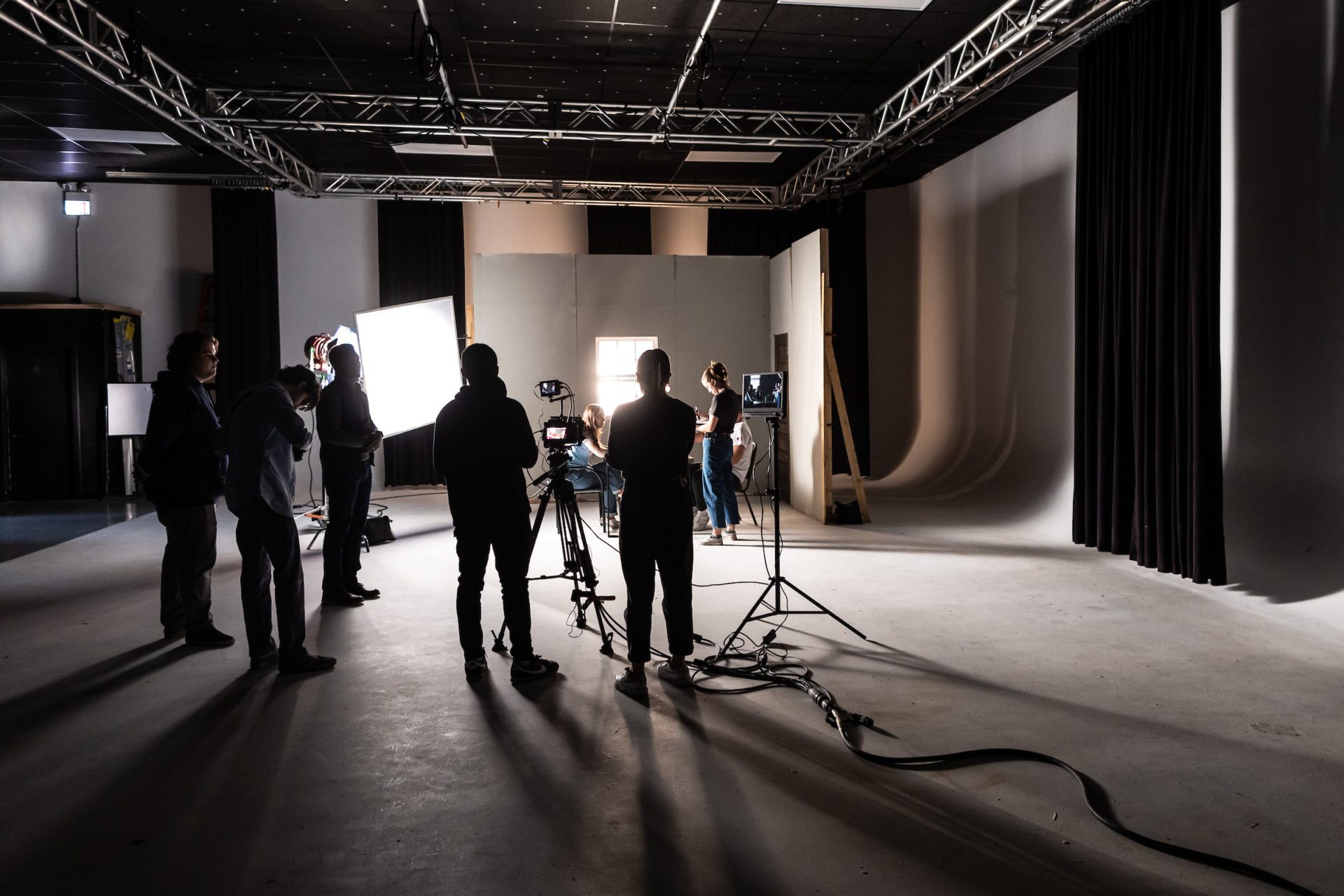
This year, a cluster of the School of Communication’s (SOC) Film and Digital Media (FDM) students got to experience cinematography beyond the classroom. In fact, they learned beyond Loyola University Chicago’s Water Tower Campus, all thanks to Professor Vincent Singleton’s Cinematography 2 course.
Also known as COMM 333, the class is designed to give students more advanced, professional opportunities to expand their knowledge and application of basic theories and practices around cameras, optics, lighting and lenses that they learned in Cinematography 1 (COMM 232). The culmination of the two courses readies students to participate in the Collab Film Project; an initiative inspired by a desire to provide students with a structured, larger-scale production opportunity. This year, Vince amplified the learning experience by taking his students and the Collab Film Project to Resolution Studios.
If you asked any one of his students, they would tell you their exposure to cinematography at Resolution was nothing short of lifechanging. For one, Resolution is not just a studio, it is an experience.
“What stood out to me was how big the studio is,” Egi Canie, a junior in Film and Digital Media, exclaimed. “I walked over 6,000 steps in total when we were given the tour of the studio. My most memorable moment was seeing a few sets they had already set up. One in particular that comes to mind is the kitchen location, which looked like something Gordon Ramsey would own!”
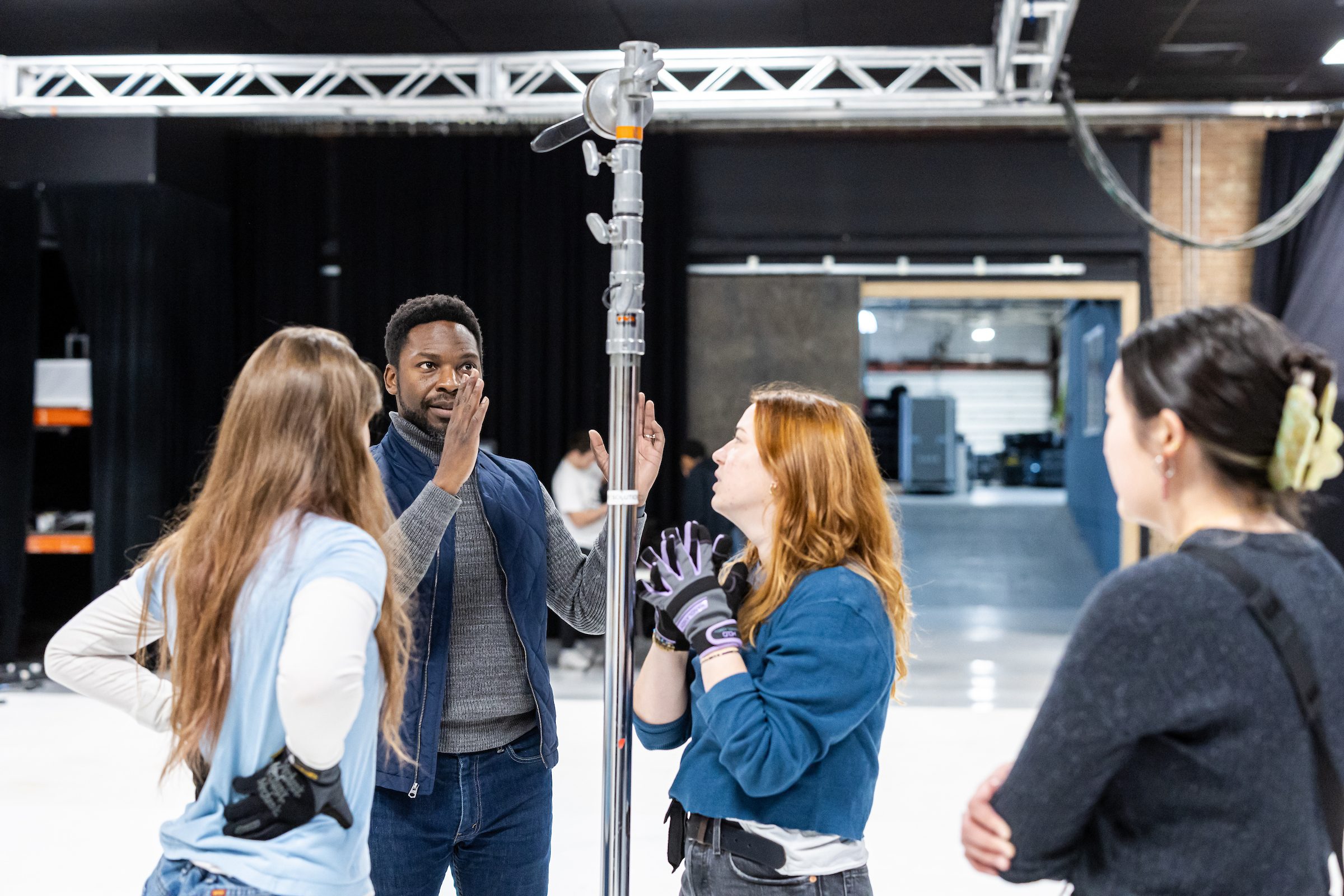
Grace Gradowski, also a student in Film and Digital Media, chimed in, “The experience at the studio has challenged and excited me. It was very cool to try new aspects of filmmaking that I have not explored yet… while also handling state-of-the-art equipment.”
An intense amount of training accompanied the awe that engulfed the immersive learning experience. Reflecting on her time in the studio, Grace added, “The area I have grown in the most and learned a great deal about is lighting. It makes a significant difference being in a large studio with bigger lights and more modifiers like diffusion, CTB gel, and bounce. We just have a lot more space to utilize and play around in the studio than we could ever have in a classroom.”
And she is not alone in her sentiment. “I have learned almost everything film-wise by doing it hands-on,” Egi added. “I think for film and media production, that type of experience is really needed. Film should not be taught like a traditional topic because film is so much more than sitting at a desk and taking notes. Professor Singleton does an incredible job with this approach. Just the other day he taught us how to load and shoot on a 1934 16mm Bolex film camera. Give that man a raise.”
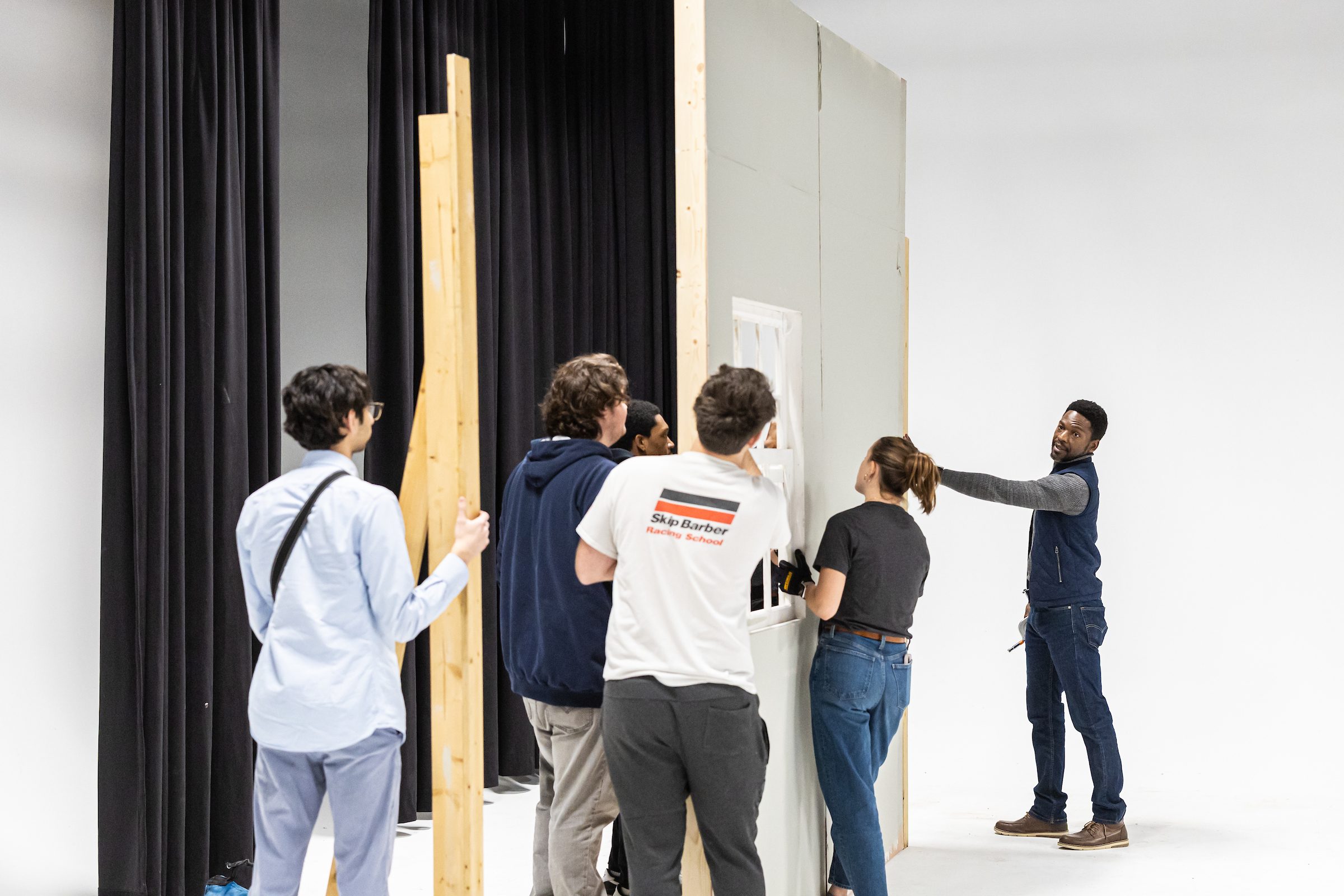
“I have learned almost everything film-wise by doing it hands-on”
— Egi Canie, a junior majoring in Film and Digital Media
No doubt, Singleton’s aim for incorporating hands-on engagement as part of his curriculum has been nothing shy of a success. In fact, it is precisely the outcome the award-winning producer was going for.
In sharing her experience, Gradowski remarked, “I cannot emphasize enough how essential hands-on learning like this is, especially for majors like film… it is the same as nursing students doing their clinicals and education students practicing student teaching. We cannot be expected to go out into the world and the workforce fully prepared to give our best without having done the work in different settings with diverse groups of people and conditions.” As a personal byproduct of a lifetime of engaged-learning, Vince has found that supporting fundamental information with practical application “results in a lot of ‘ah-ha’ moments.”
Interim dean and filmmaker Elizabeth Coffman continues to support a variety of immersive learning opportunities for SOC students and faculty, both at home and abroad.
Reflecting on this class experience, Professor Singleton shared that, “The choice to forge the partnership between Loyola and Resolution was made to immerse my students in the industry. Resolution is a well-known leader in Virtual Production in the Midwest, a specialization that is growing in demand across the industry,” Singleton said.
“The space that Resolution affords us allows flats to build sets, access to their professional lighting gear and grid, and the opportunity for students to work alongside industry professionals who also occupy spaces in the studio,” Singleton added. When it comes to immersive learning, quantity must match quality every time.
A robust education is a participant sport. Just as in Singleton’s cinematography course, SOC is cultivating the changemakers of tomorrow by coupling comprehensive book smarts with life-changing connections and rewarding experiences that foster competence and confidence. Bridging theory with practice is what we do.
Read more stories from the School of Communication.
